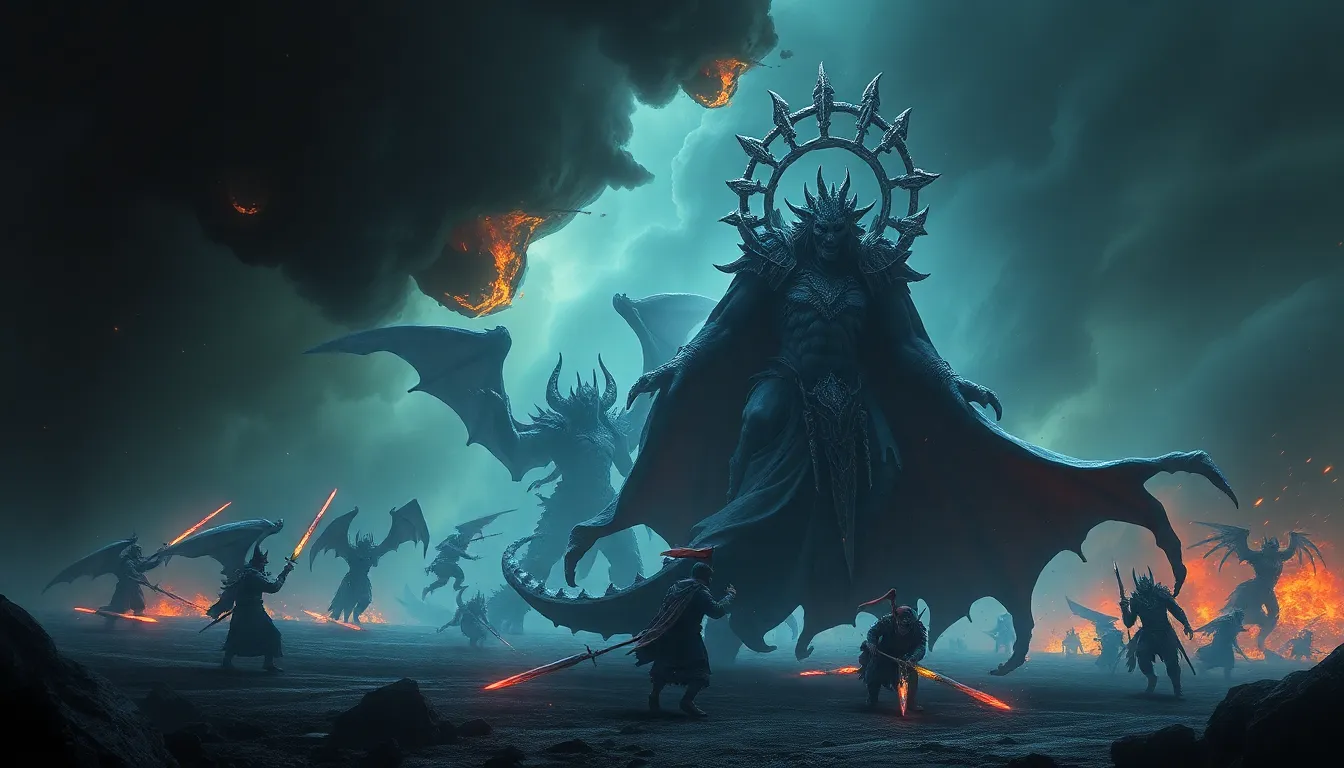Finnish Mythology: Tales of Resilience and Perseverance
Finnish mythology is a captivating tapestry of tales woven with the threads of resilience and perseverance. These narratives have shaped the cultural identity of Finland, showcasing its people's unwavering spirit and indomitable will. At the core of Finnish mythology lies the Kalevala, an epic poem that serves as a testament to the nation's rich cultural heritage.
The Kalevala: A National Epic
The Kalevala is a sprawling epic poem composed of over 50 cantos and 22,800 verses. Its origins can be traced back to ancient oral traditions, with its earliest known fragments dating from the 10th century. Compiled by Elias Lönnrot in the 19th century, the Kalevala has become a national symbol of Finland and a source of inspiration for countless artists and writers. Its tales chronicle the adventures and trials of legendary heroes, embodying the values of courage, determination, and resilience.
Väinämöinen: The Wise Old Sage
Väinämöinen is a revered figure in Finnish folklore, a wise old sage and skilled musician who represents the power of knowledge and wisdom. He is believed to have played a crucial role in the creation of the world and is known for his magical abilities and profound understanding of nature. Väinämöinen's tales exemplify the importance of knowledge and the enduring value of wisdom in overcoming challenges.
Ilmarinen: The Master Craftsman
Ilmarinen, the master craftsman of Finnish mythology, is renowned for his exceptional skills in metalworking. His creations, from the Sampo, a mystical millstone, to the weapons of heroes, are legendary. Ilmarinen's story symbolizes the enduring power of human creativity and ingenuity. Through his perseverance and determination, he transforms raw materials into objects of wonder and utility, shaping both the world and the lives of those around him.
Louhi: The Evil Mistress of Pohjola
Louhi, the mistress of Pohjola, is the formidable antagonist of Finnish tales. She represents chaos and darkness, opposing the forces of light and order embodied by the heroes of Kalevala. Louhi possesses magical powers and a relentless determination, testing the mettle of those who cross her path. Her presence in the mythology underscores the ever-present struggle between good and evil, reminding us that resilience is forged through adversity and perseverance.
6. Sampo: The Magical Millstone
In Finnish mythology, the Sampo is a magical millstone that brings prosperity and abundance to its owner. Forged by the master craftsman Ilmarinen, the Sampo possesses the ability to produce salt, grain, and gold. Its creation is said to have brought peace and prosperity to the land. However, its power also attracts the attention of Louhi, who seeks to steal it for herself. The quest for the Sampo becomes a central theme in the Kalevala, highlighting the enduring battle between good and evil.
7. The Quest for the Sampo
The quest for the Sampo is a perilous journey filled with challenges and obstacles. The heroes of Kalevala embark on a dangerous expedition to Pohjola, Louhi's icy domain, to retrieve the stolen millstone. Along their path, they must confront treacherous storms, fierce creatures, and the cunning of Louhi herself. Their unwavering determination and resilience are tested at every turn, but their unwavering spirit sustains them.
8. The Defense of Kaleva
Upon their return with the Sampo, the heroes of Kalevala must defend their homeland against Louhi's relentless attacks. Louhi raises an army and launches a fierce assault on Kaleva, determined to reclaim the magical millstone. In the ensuing battle, the heroes fight valiantly, their courage and resilience shining through in the face of overwhelming odds. Their ability to withstand adversity and defend their home becomes a symbol of their indomitable spirit.
9. The Importance of Perseverance
The tales of Finnish mythology are a testament to the enduring power of perseverance. The heroes of Kalevala face countless challenges, but their unwavering determination and resilience ultimately guide them towards victory. Their stories emphasize that even in the darkest of times, the human spirit has the capacity to overcome adversity. Perseverance becomes a virtue that is celebrated and revered in Finnish culture, a reminder that challenges can be transformed into opportunities for growth and triumph.
10. The Legacy of Finnish Mythology
Finnish mythology has left a lasting legacy on the cultural landscape of the nation. Its tales of resilience, perseverance, and the triumph of good over evil have inspired generations of Finns. The Kalevala continues to be a cherished literary work, its stories woven into the fabric of Finnish identity. The heroes and their adventures represent the indomitable spirit of the people of Finland, their unwavering determination to overcome adversity, and their enduring love for their homeland.
FAQ
Q: What is the central theme of Finnish mythology?
A: Resilience, perseverance, and the triumph of good over evil.
Q: Who is the main hero of the Kalevala?
A: Väinämöinen, a wise old sage and skilled musician.
Q: What is the Sampo and what does it symbolize?
A: A magical millstone that brings prosperity and abundance, symbolizing the rewards of perseverance and unity.
Q: Who is Louhi and what does she represent?
A: The evil mistress of Pohjola, representing chaos and darkness, and the forces that oppose resilience and unity.
Q: How does Finnish mythology inspire the Finnish people?
A: By reminding them of the virtues of resilience, perseverance, and the enduring power of the human spirit, even in the face of adversity.




